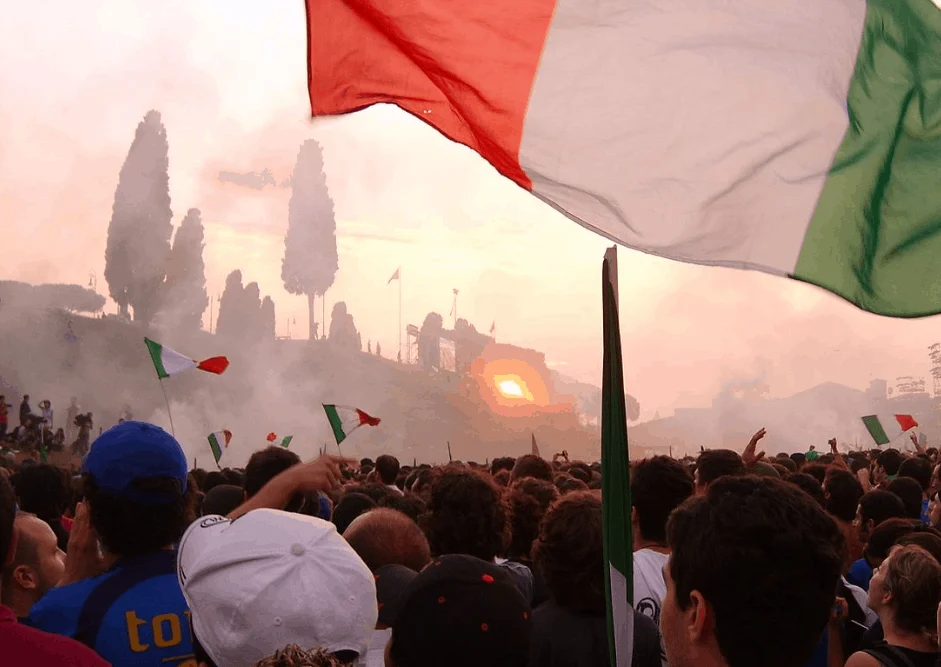Ancient Rome was home to some incredible stadiums.
Romans loved to be entertained, that’s for sure. And the rulers of ancient Rome knew exactly how to please their citizens.
Bloody spectacles referred to as “Games” were held in the biggest amphitheater ever built in ancient times, the Colosseum.
In this post, You’ll learn all the facts about the Circus Maximus, an equally impressive entertainment venue and famous site in Rome.
1. What was the Circus Maximus?
The Circus Maximus was the biggest entertainment venue in ancient Rome. It was built to hold chariot races.
Chariot-racing was among the most popular forms of entertainment in ancient times. Not just in Rome, but also example Iran, Greece, and the Byzantine Empire.
The Circus Maximus was not only the first but also the biggest venue for ancient thrill-seekers.

2. What was Chariot Racing?
Chariot racing was an ancient sport in which multiple teams competed against each other in a chariot race. These chariots were two-wheeled vehicles, pulled by two, four, or even six horses.
These races were very dangerous for both the driver and the horses, and this only added to the excitement for the blood-thirsty Roman crowd.
It wasn’t a strange occurrence for drivers or horses to suffer serious injuries or sometimes even death.
Similar to how supporters of a football club cheer for their team and its colors today, chariot teams had their own base of loyal supporters as well.
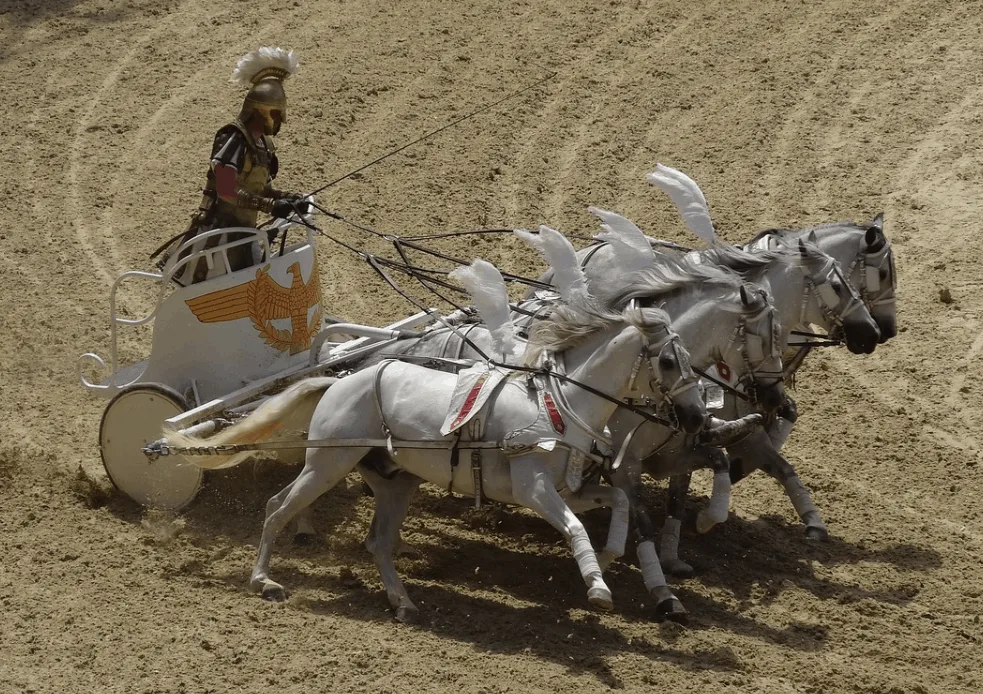
3. How big was the Circus Maximus?
The Circus Maximus was huge. Because it was the first of its kind, it was used as a model for all of the other circuses in the Roman Empire.
It was about 621 meters (2,037 ft) in length and about 118 meters (387 ft) in width.
Because it was such a huge stadium, it would, for example, be in the top 5 of the biggest Nascar stadiums (at spot 5 to be exact). The total amount of people it could accommodate is estimated to be 150,000.
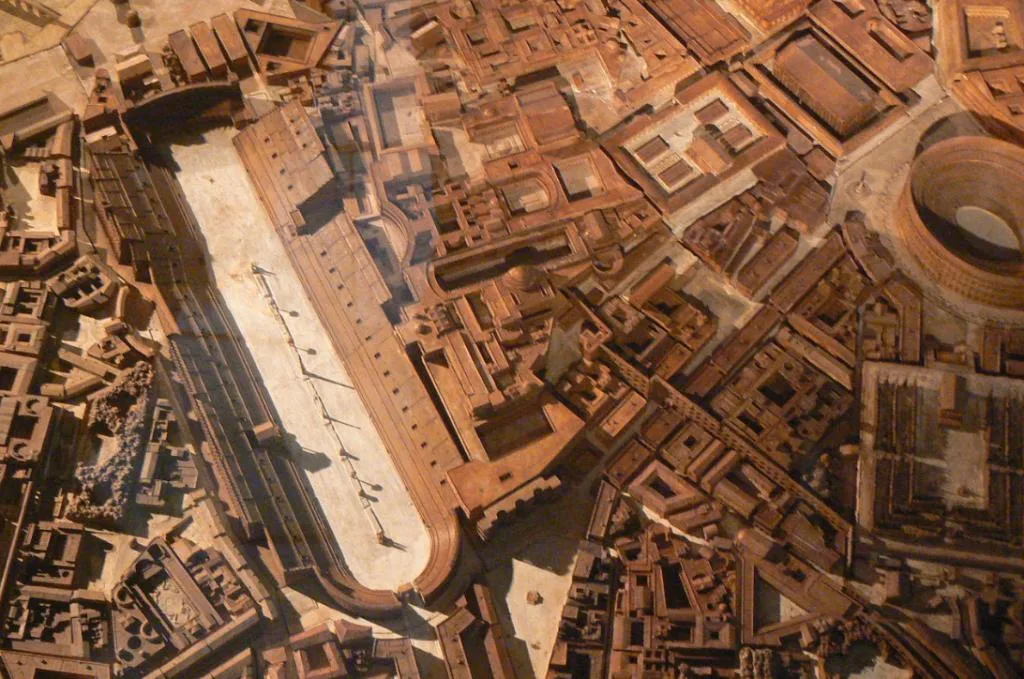
4. Who built the Circus Maximus?
The construction of the Circus Maximus was an ongoing thing. It goes back all the way to the early days of ancient Rome when the Etruscan King of Rome, Lucius Tarquinius Priscus, built a wooden stand next to the circus.
It’s believed that the turning points of the circus were the first stone and therefore permanent features of the circus.
It wasn’t until the reign of Julius Caesar himself that the construction of the seats, which started around 50 B.C., extended about the entire length of the circus.
Still, a lot of the elements of the circus, such as the stalls around it, for example, were made of wood, making it very prone to fires (which did occur rather frequently).
It wasn’t until around 103 A.D. during the reign of Roman Emperor Trajan that the Circus Maximus got its final shape, completely made of stone.
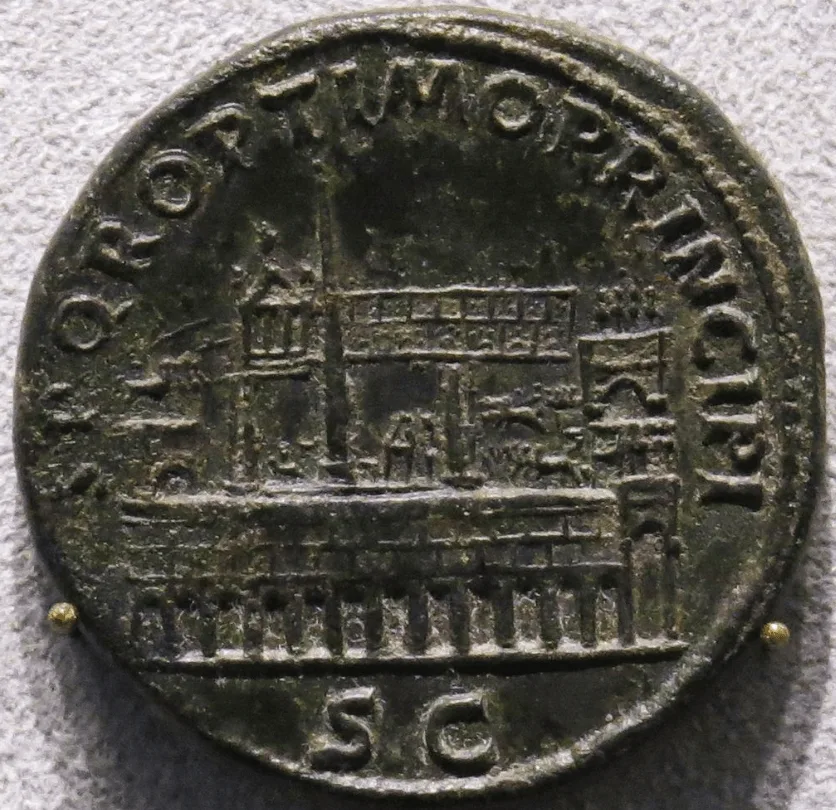
5. How was the Circus Maximus destroyed?
The interest in chariot racing games faded after the fall of the Western Roman Empire, which happened in the 5th century (476 A.D. to be exact).
By the 6th century, the Circus Maximus wasn’t used at all anymore and fell into complete decay.
Most of the building materials of the Circus Maximus were quarried and used for the construction of other buildings.
Since the area where the Circus Maximus was constructed was prone to flooding from the Tiber River, the lower levels have been covered by mud. Parts of the original track even lay 6 meters lower than the current surface.
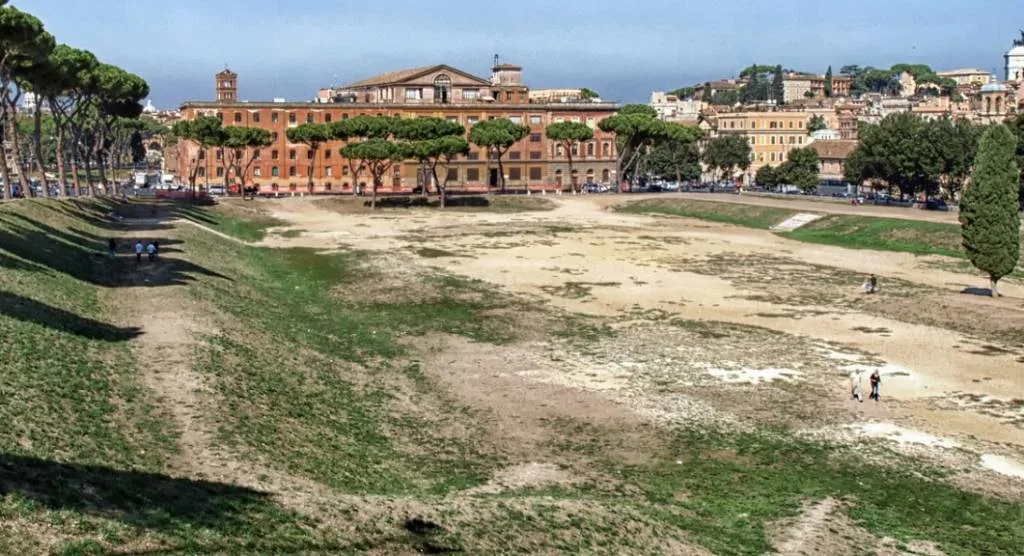
6. What is the current status of the Circus Maximus?
Because the area is prone to flooding, it’s also suited for agriculture. One of the most interesting facts about the Circus Maximus is that the area, which used to draw crowds of over 100,000 spectators to watch epic chariot races, was irrigated in the 12th century and used to grow crops.
During that time, most of the structures that weren’t quarried were still standing. So the crops basically grew around the historical memories of the epic Circus Maximus.
Work being done in the 19th century uncovered the lower part of the seating area. Many excavations have been done. None of them have been very successful because of less than optimal conditions.
At the moment, the area the Circus Maximus used to welcome thousands of blood-thirsty Roman hooligans, serves as a public park in the center of Rome.

More interesting facts about the Circus Maximus
7. Just as football stadiums today are sometimes used for other events such as concerts or even other sports, the Circus Maximus was used for more than just chariot racing. Some of these include gladiatorial fights and animal hunts, (just as those held in the Colosseum), athletics, plays and other theatrical performances, and even public executions.
8. Just as the events in the Colosseum, the “Ludi” were, even though considered to be religious festivals, a lot of the time political events. The more spectacular the Ludi sponsored by the running politicians were, the more chances they had for being voted into higher office. Julias Caesar was one of those politicians who acquired fame by throwing lavish Ludi for the people of Rome and got elected as a result.
9. To give you an example of the insatiable lust for games of the Roman people, just to please the crowd, Ludi was held 135 years of the year! It was really hard to be bored in ancient Roman times.

10. We referred earlier to the thrill-seeking Romans that visited the Circus Maximus as “hooligans.” Well, this reference isn’t too far from the truth! Chariot races were held in a competition by various teams, just as we have for instance football/soccer/basketball competitions today.
All teams were represented by a specific color and had a loyal base of fans. If the race didn’t go the way the fans wanted, it wasn’t uncommon for riots to break out on the terraces between groups of fans of different teams as well.
11. Chariot racing wasn’t merely a Roman sport. The game was popular hundreds of years earlier in Greece. So popular that it was even added to the Olympic Games for the first time in the year 680 B.C. That’s even over 200 before the Statue of Zeus at Olympia was created!
12. The Circus Maximus was located on the ground level of the valley of Murcia. This is in between the Aventine hill, the southmost of ancient Rome’s 7 hills, and the Palatine Hill, the centermost part of the ancient city of Rome and the oldest as well.
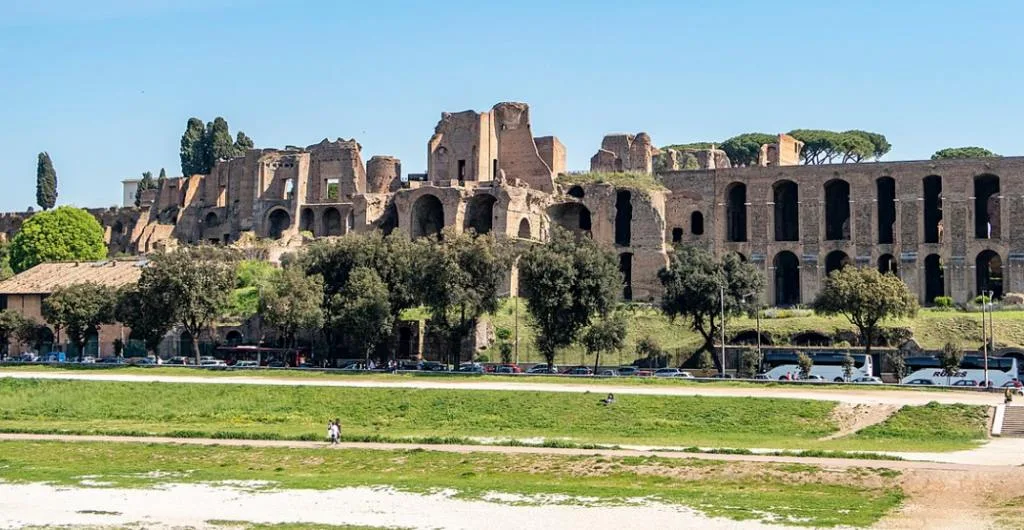
13. Palantine Hill used to be where the royal family or emperor resided. This made it possible to build the world’s first luxurious skyboxes, allowing them to watch the chariot races and other events right from their residence.
14. In 494 B.C. the Roman dictator at the time named Manius Valerius Maximus was the first to get his own dedicated “curule chair,” a special seat reserved for important people. We can refer to this as the first VIP spot at an entertainment venue. Interesting note: The Colosseum had a similar arrangement and even had sections for people based on their status in the Roman Empire!
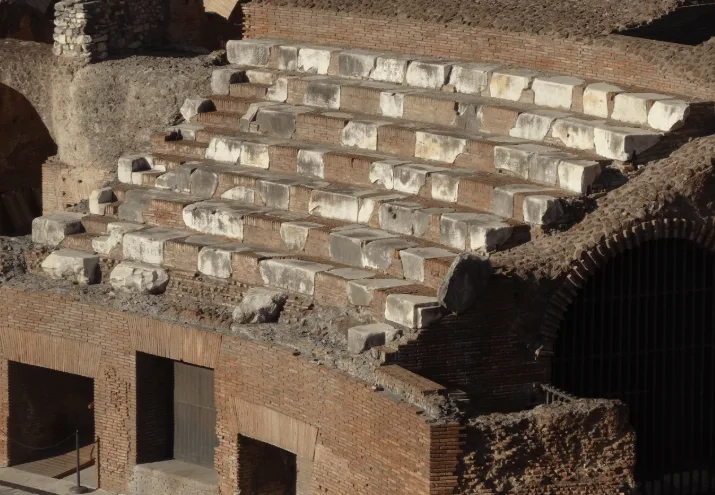
15. Pliny the Elder, a Roman author and friend of Emperor Vespasian who came up with the idea for the Colosseum, estimated that the Circus Maximus could accommodate over 250,000 people. That’s nearly a quarter of the population of Rome these days. Modern estimates put this a bit lower at 150,000 people.
16. In the early days of the Circus Maximus, the stands and other infrastructure were mainly made of wood. This not only resulted in multiple fires but also in the wood rotting and having to be replaced. It’s believed that the wooden stands and seats were rebuilt numerous times.
17. The “spina,” which refers to the middle section of the Circus and where the chariots were racing around was highly decorated. It contained various statues, all sorts of art, and even obelisks. One downside: the more ornaments that were added in the spina, the more they started to obstruct the view of people sitting on the other side.

18. The chariots used during the races weren’t the massive chariots you might have in mind. They were actually made of light materials allowing them to go as fast as possible. After all, it was a race right? They were probably made of leather, making it easy for the driver to maneuver.
19. The races didn’t have a lot of rules. If a driver saw the opportunity to crash an opponent into an obelisk of the spina, then he could do that. Things like that added to the excitement of the races for the ancient Romans. This means that the chariot race scene in the epic classic movie “Ben Hur,” in which drivers even start fighting during a race was quite realistic as well! You can “enjoy” some of the action in the clip here.
20. Every chariot race consisted of 7 laps around the spina. Later on, as the chariot races grew in popularity, this number was even lowered to 5 laps, just so more races could take place every day. This differs from the Greek rules used during the Olympic Games which had 12 laps in each race.
21. Chariot racing, amongst other games in ancient Rome, wasn’t thought of highly by the social elite of ancient Rome. They considered these games to be childish and disliked the enjoyment the masses got out of these lowly sports. There are always exceptions to the rules, and one of those was Emperor Nero, who actually liked horses and used to drive a chariot himself as a hobby.
22. A serious drama occurred during the reign of Emperor Diocletian, who ruled from 284 to 305 A.D. One of the walls near the biggest stand of the Circus Maximus, which was 3 stories high, collapsed and killed about 13,000 people.
23. In the year 1587, Pope Sixtus recovered some obelisks which were located in the spina of the Circus Maximus. One of them, an Egyptian obelisk of Ramesses II from Heliopolis, was moved to the Piazza del Popolo.
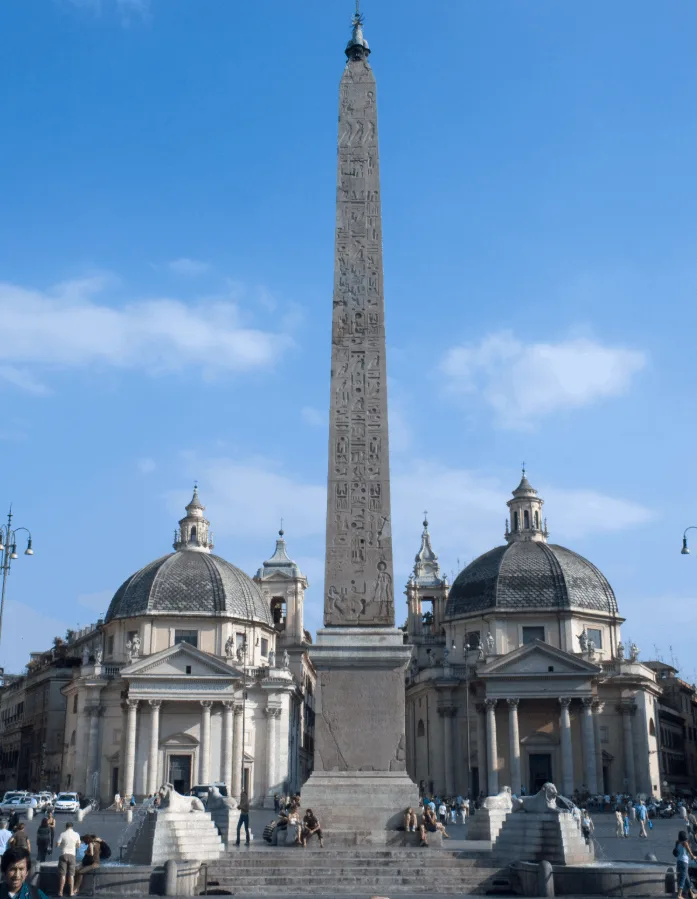
24. The Obelisk located on the Piazza del Popolo was brought to Rome in 10 B.C. by Emperor Augustus. The obelisk itself which is called the “Flaminio Obelisk” was created during the reign of Pharaoh Sety I and later erected by pharaoh Ramesses the Great, and dates from the 13th century B.C.
25. Apart from functioning as an agricultural area during the Middle Ages, the Anglo-Italian Gas Association used it to construct gasworks in 1852. This lasted until 1910 when it was relocated to the edge of the city of Rome.
26. Today, the site of the Circus Maximus is a public park and is sometimes used for concerts or meetings. The English band Genesis performed there in 2007 for a crowd of over 500,000 people, and Italian football/soccer fans gathered in the park to celebrate the victory of Italy in the World Cup of 2006.
